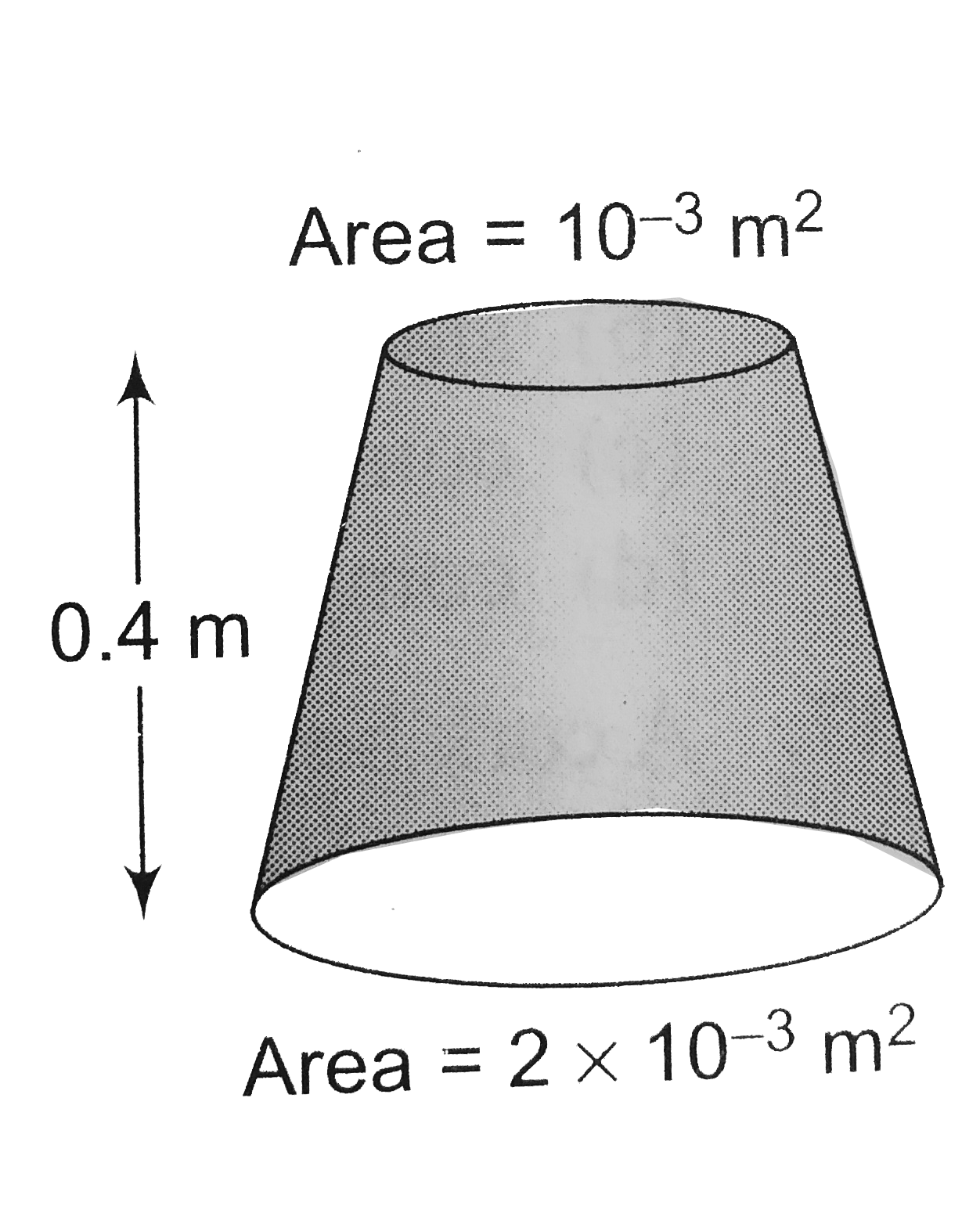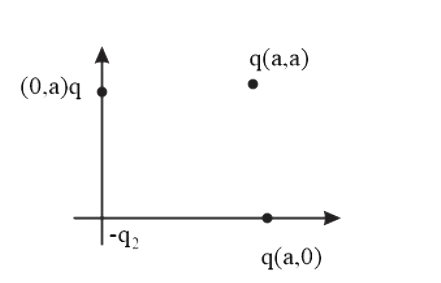The net force acting on a molecule inside the liquid is
directly upwards at the liquid surface
directly inwards at the liquid surface
zero
infinite
The correct Answer is:C
To determine the net force acting on a molecule inside a liquid, we can follow these steps:
Step 1: Understand the Environment
A molecule inside a liquid is surrounded by many other molecules. This is crucial because the interactions between these molecules will determine the net force acting on the molecule in question.
Hint: Visualize the arrangement of molecules in a liquid and how they interact with each other.
Step 2: Identify the Forces Acting on the Molecule
The primary force acting on the molecule is the cohesive force, which is the attractive force between similar molecules. Each molecule in the liquid exerts a force on the molecule of interest.
Hint: Think about how each neighboring molecule pulls on the central molecule and how these forces are distributed.
Step 3: Analyze the Direction of Forces
The forces from the surrounding molecules act in all directions. For every attractive force from a molecule in one direction, there is a corresponding attractive force from another molecule in the opposite direction.
Hint: Consider drawing a diagram showing the forces acting on the molecule from all sides.
Step 4: Determine the Net Force
Since the attractive forces from surrounding molecules cancel each other out due to their symmetry, the net force acting on the molecule inside the liquid is zero.
Hint: Reflect on the concept of equilibrium and how forces can balance each other out.
Step 5: Conclusion
The net force acting on a molecule inside a liquid is zero because the cohesive forces from surrounding molecules cancel each other out.
Final Answer: The net force acting on a molecule inside a liquid is zero.
---
A molecule inside a liquid is surrounded by many other molecules. This is crucial because the interactions between these molecules will determine the net force acting on the molecule in question.
The primary force acting on the molecule is the cohesive force, which is the attractive force between similar molecules. Each molecule in the liquid exerts a force on the molecule of interest.
The forces from the surrounding molecules act in all directions. For every attractive force from a molecule in one direction, there is a corresponding attractive force from another molecule in the opposite direction.
Since the attractive forces from surrounding molecules cancel each other out due to their symmetry, the net force acting on the molecule inside the liquid is zero.
The net force acting on a molecule inside a liquid is zero because the cohesive forces from surrounding molecules cancel each other out.
Topper's Solved these Questions
- BOOK - TARGET PUBLICATIONCHAPTER - SURFACE TENSION EXERCISE - COMPETITIVE THINKING72videos
SURFACE TENSION
- BOOK - TARGET PUBLICATIONCHAPTER - SURFACE TENSION EXERCISE - EVALUATION TEST21videos
SURFACE TENSION
- BOOK - TARGET PUBLICATIONCHAPTER - SURFACE TENSION EXERCISE - EVALUATION TEST21videos
SURFACE TENSION
- BOOK - TARGET PUBLICATIONCHAPTER - STATIONARY WAVESEXERCISE - EVALUATION TEST16videos
STATIONARY WAVES
- BOOK - TARGET PUBLICATIONCHAPTER - WAVE MOTION EXERCISE - MCQ 7.161videos
WAVE MOTION
Similar Questions
Knowledge Check
- Question 1 - Select One
The net force acting is not zero on
AA retarding trainBA ball falling with terminal velocityCA kite held stationaryDA truck moving with constant velocity - Question 2 - Select One
If the net force acting on a body is zero then the body is said to be in
AunbalancedBbalancedCequilibriumDnone - Question 3 - Select One
A uniformly tapering vessel is filled with a liquid of density 900km/m3. The force that acts on the base of the vessel due to the liquid is (g=10ms−2)
 A15NB30NC35ND40N
A15NB30NC35ND40N
Show that net force acting on an electric dipole held in a uniform electric field is zero.
View SolutionThe magnitude of buoyant force acting on an object immersed in a liquid depends on (i)__ of the object immersed in the liquid, and (ii) ____ of the liquid.
View SolutionThe viscous force acting on adjacent layers of liquid is
View SolutionCohesive force between the molecules of solid or liquid is also called as _____ force.
View SolutionCalculate the net force acting on the charge present at the origin.
 View Solution
View Solution

